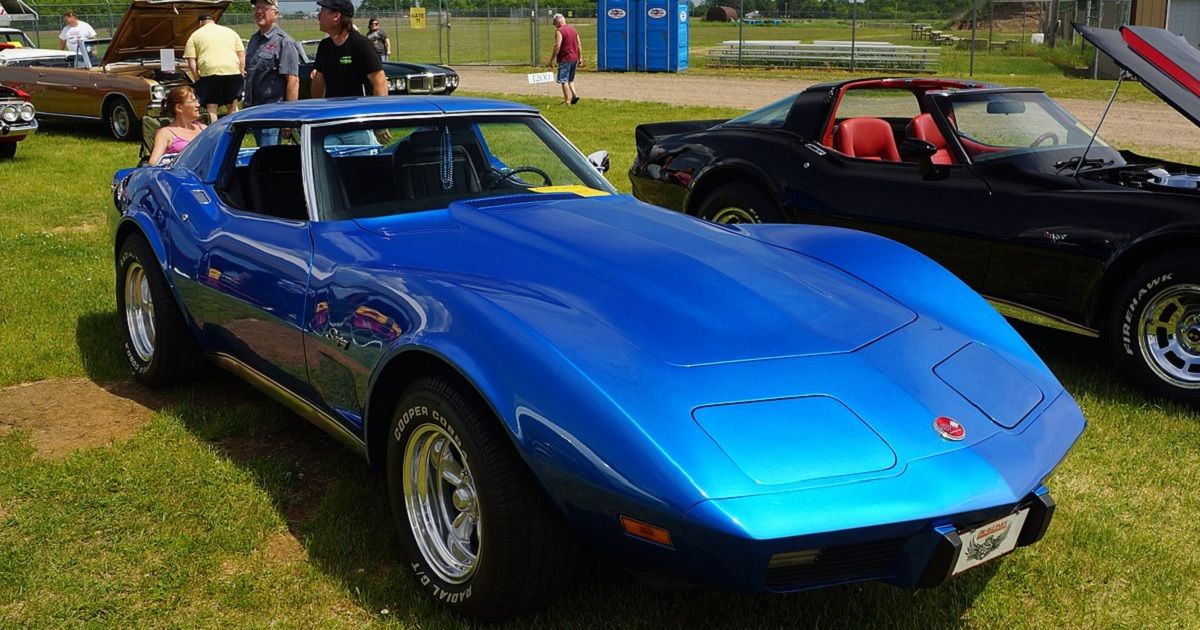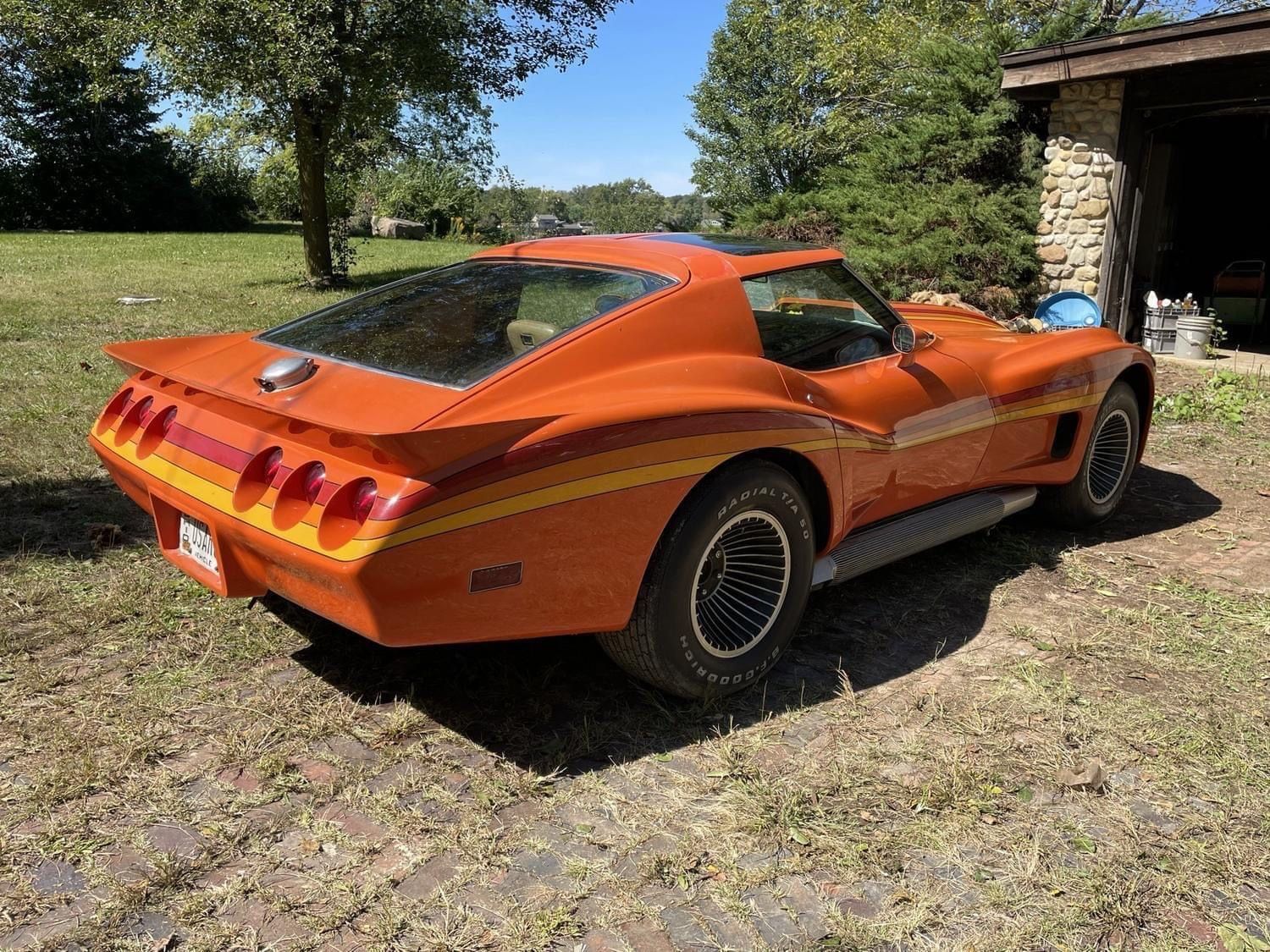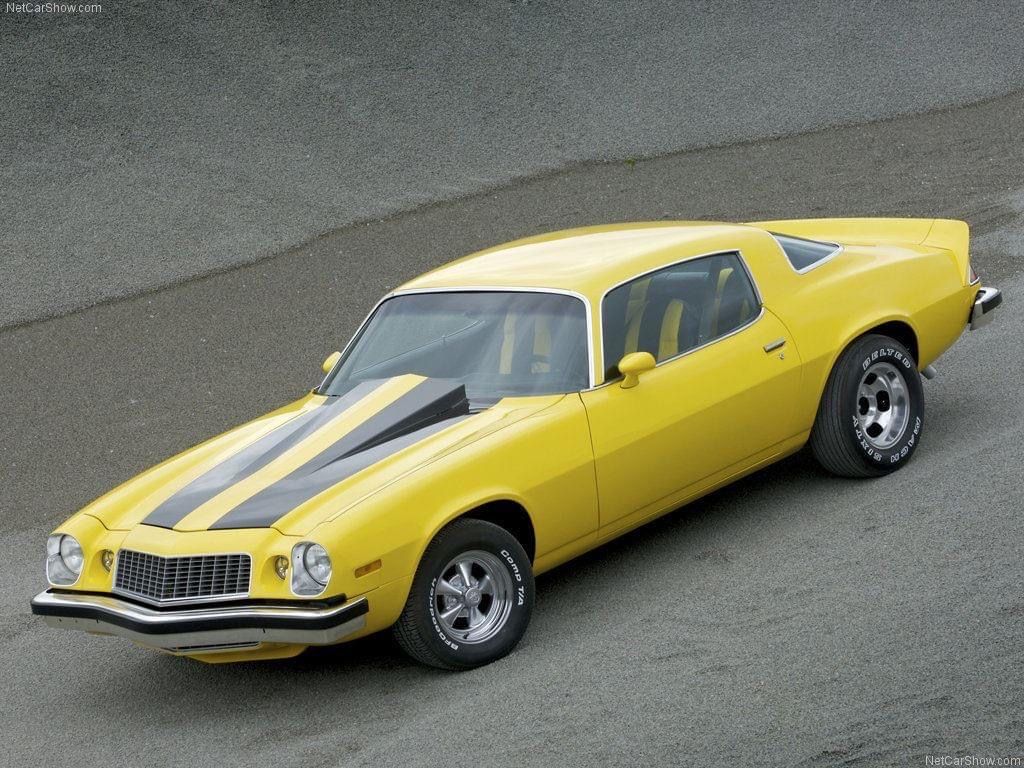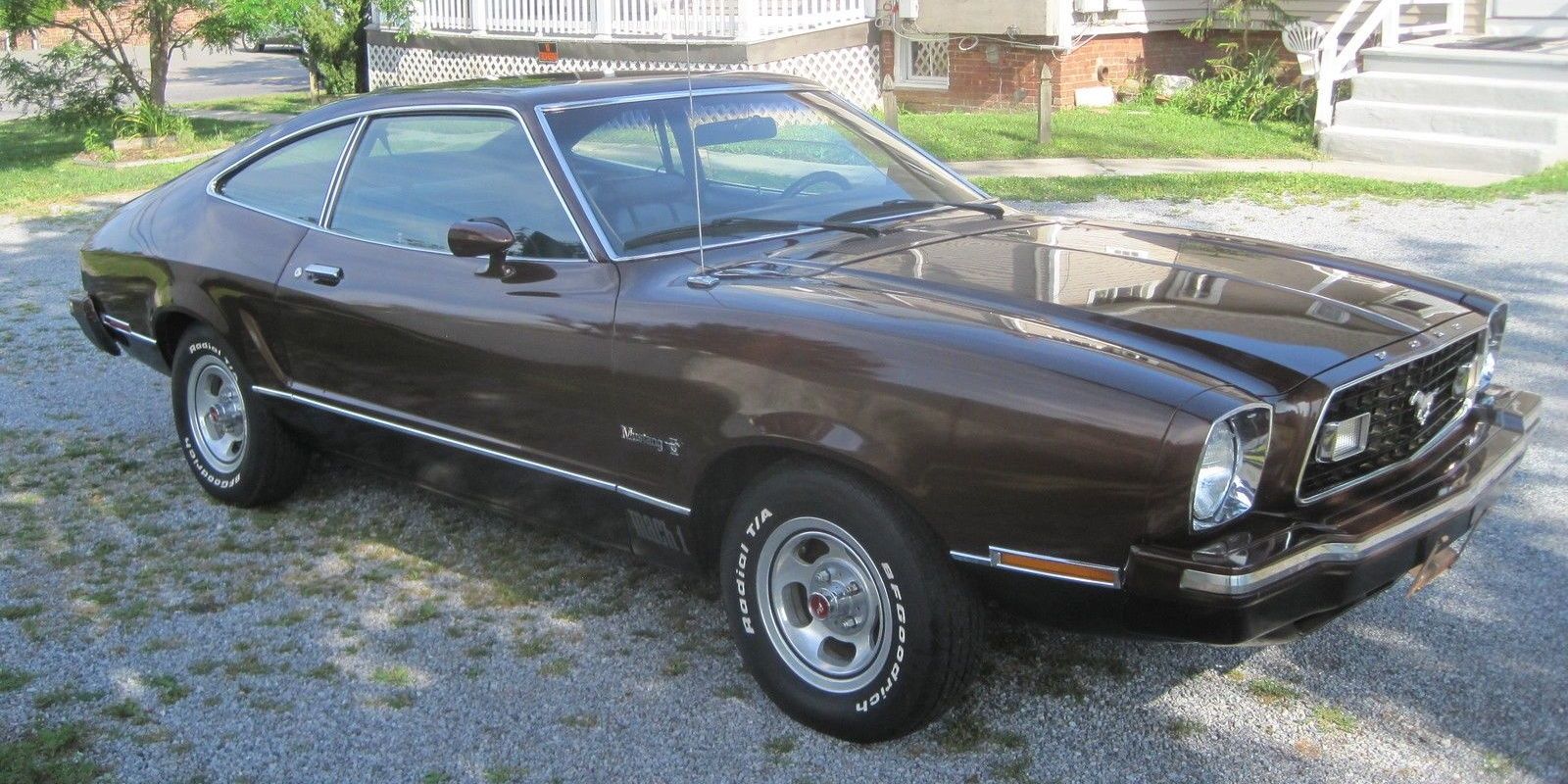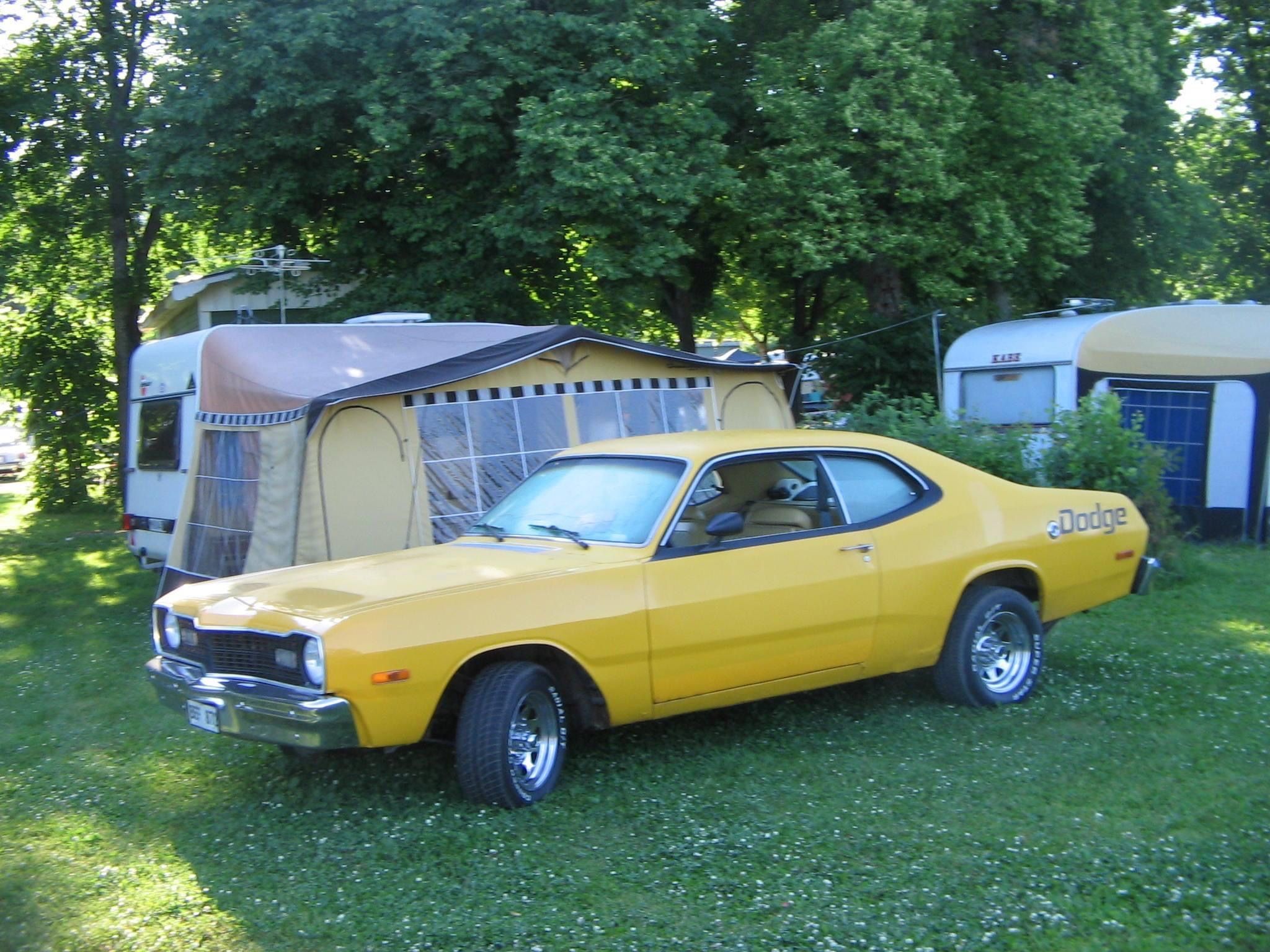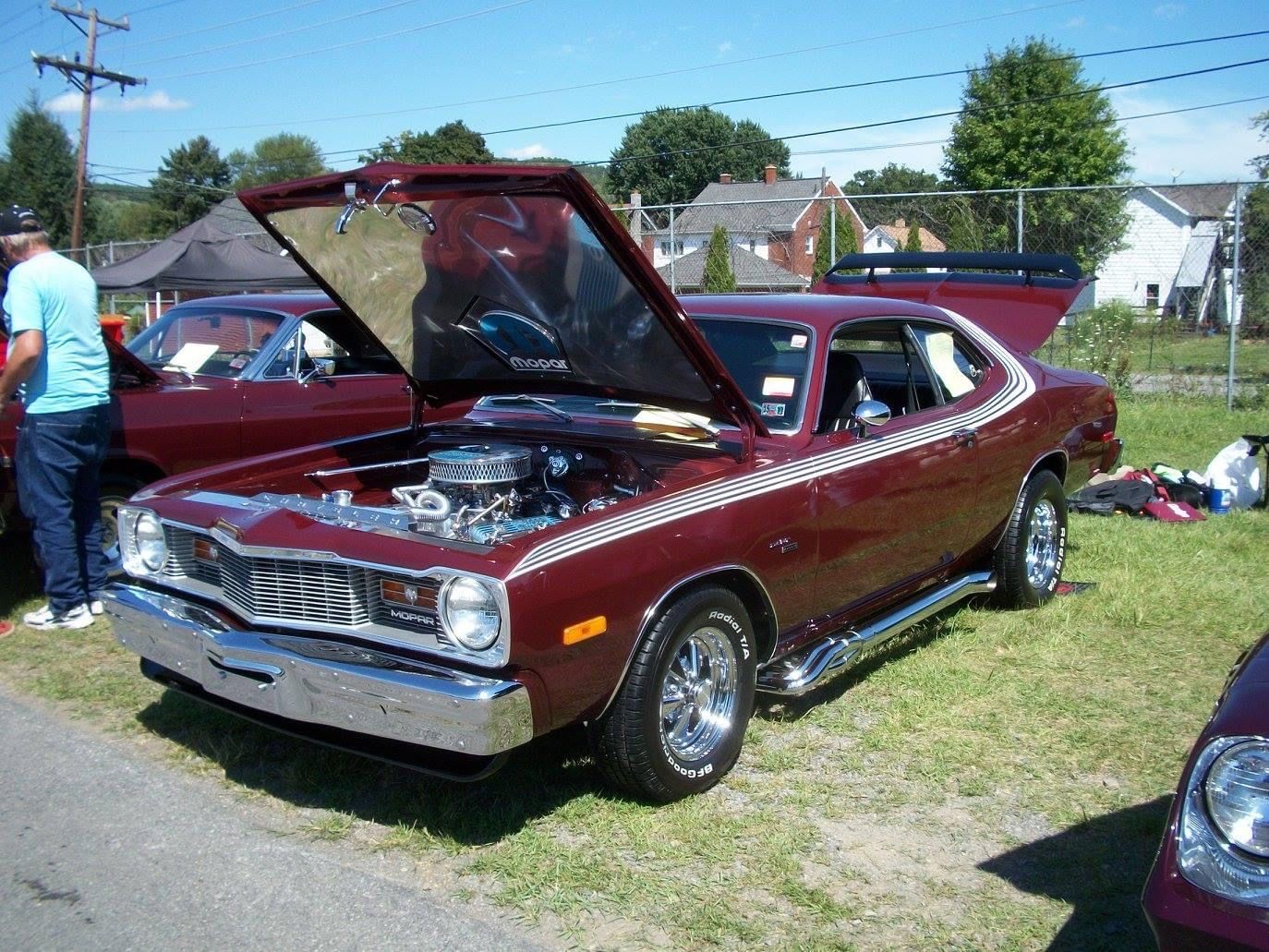Muscle cars are often a favorite topic of conversation among car lovers. For many, they represent the very best that the American car industry has ever produced. Despite this, the era of truly great muscle cars is said to have begun in the 1960s but ended pretty soon after in the early 1970s. But of course, muscle cars have never really died out, they just became less interesting at some point.
So as 1975 rolled around, people were still excited about new muscle cars, although many of them knew the glory days were now gone. There were some pretty exciting options on the market at that time that fit the description for a muscle car. This is to say a vehicle with a large engine, it’s typically rear-wheel drive, and it’s an intermediate size.
It must be remembered that 1975 was a much different time. This means some of the muscle cars from that year are options that are still highly regarded today, however, some may be foreign to many, especially the younger crowd.
Since this period of muscle cars is often overlooked, we wanted to give some of the ones produced for the 1975 model year a little shine. Here are the best muscle cars from 1975.
The 1975 Corvette Is A Beast
The Corvette is a big one in the world of muscle cars. It is often referred to as “America’s sports car”, according to the corvettemusuem.org. For people of multiple generations, this is a favorite, and for good reasons. Like most cars that have a long history, some model years are much better than others, but most people seem to respect the 1975 Corvette.
It is powered by a 350 CID V8 engine with a compression ratio of 8.5:1. This is the base engine option. It produces a brake horsepower of 165 at 3,800 rpm and this monster makes a max torque of 255 lb-ft at 2,400 rpm.
There is also an upgraded engine option that’s the same size but produces more power and has a higher compression ratio This one has a max brake power of 205 at 4,800 rpm and a torque of 255 lb-ft at 3600 rpm.
In terms of speed, the 1975 Corvette can go from 0 to 60 mph in only 7.7 seconds. This makes this a pretty swift ride! Also, this version of the Corvette still fetches a pretty penny. Potential buyers can expect to pay between $15,000 and $23,000 for the honor of owning one.
The Chevrolet Camaro Is A Respected Muscle Car
Another contender for best muscle car from 1975 is the Camaro. This ride has a long history but is not as respected as some of the others. It was Chevy’s answer to the Mustang, which we will get to later, and was introduced in the late 1960s. It should be noted that while the Camaro is still in production, there are plans for it to end after the 2024 model is released.
The 1975 Chevy Camaro is powered by a 250 cubic inch 4.1-liter inline 6 engine. This bad boy makes a max power of 105 (77.28 KW) at 1,800 rpm. It has a compression ratio of 8.2:1, according to conceptcarz.com.
For Camaro fans who seek more power, there is an 8-cylinder option as well. This one has a 350 cubic inch 5.7-liter engine that makes 145-hp (106.72 KW) at 3,800 rpm. It has a torque of 250 lb-ft (339 NM) at 2,200 RPM. There is another V8 option that produces 150-hp but the same torque. The ’75 Camaro comes in 3 or 4-speed manual options. There is also an automatic option.
According to nadaguides, you can find this ride on the used car market for about $14,500 on the higher end, and for $4,325 on the lower spectrum of prices.
The 1975 Ford Mustang Was A Great Car
One car that tends to appear on various lists of the best muscle or sports cars despite the year in question is the Ford Mustang. The car was introduced in the mid-1960s and has truly become a staple in American rides. The Ford Mustang is still going strong today and serves the purpose of being a more attainable sports car for the average person.
There are multiple engine options for the 1975 Ford Mustang, but the one we are focusing on is powered by a 302 cubic inch 4.9-liter V8. This car can produce a max of 140-hp at 4,000 rpm and a torque of 213 lb-ft at 1,800 rpm.
In terms of speed, let’s just say that the Mustang got a great deal faster as the years went on. This model can go from 0 to 60 mph in 12.2 seconds. It goes a quarter-mile in 18.4 and has a top speed of 106 mph.
You can find a 1975 Ford Mustang for under $10K, which means this would not be a bad project car for someone who loves classic cars.
The Dodge Dart Deserves More
When it comes to the Dodge Dart, options are mixed. However, there is a reason the company felt compelled to bring the car back decades after it was discontinued, although the rebooted Dart failed on the car market. Many people really love the classic models.
The 1975 Dodge Dart is powered by a 5.2-liter V8 naturally aspirated engine. In terms of power, it makes 145 bhp (147 PS/108 kW) at 4,000 rpm and a torque of 255 lb-ft at 1,600 RPM. The transmission is a 3-speed manual.
In terms of speed, the sport version of the 1975 Dodge dart can go from 0 to 60 in 8.8 seconds, which as you can see is faster than the Mustang. This is why we say this car deserves more. It was a solid option for muscle car fans, but its reputation has not held up well.
It should be noted that the 1976 Dart was the last of the original models. The company brought it back in 2013 but killed the car once and for all in 2016.
We Love Muscle Cars
There is something about this style of American cars. They’re powerful, they’re fun, but they are also sometimes misunderstood. Not every great muscle car becomes a hit, and some options last on the market for longer than they should. These were only a few of the great muscle cars from 1975, there are many more that either simply never caught on.
While there are still great options being made that would fit the category of muscle cars, this genre will never be what it was. More companies are moving to electric vehicles, which is a good thing for the world even if we lose some of what makes muscle cars great. However, we expected old muscle rides to remain on the sude market for a long time to come.

